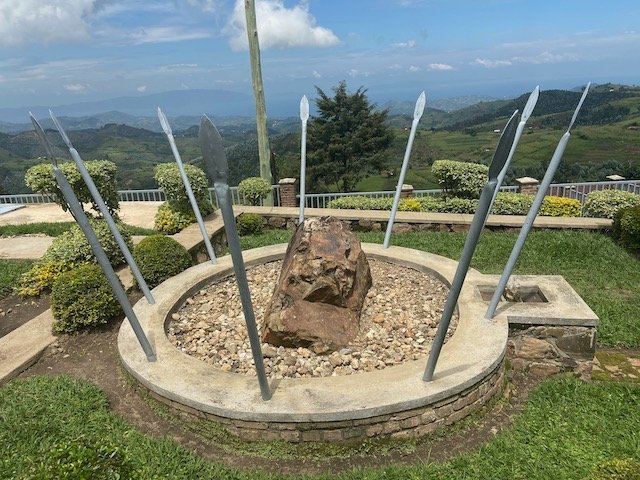
Rwanda
Why Rwanda?
Rwanda is recovering from one of the worst atrocities in world history, when approximately 1m civilians were slaughtered in only 100 days during the 1994 genocide.
From April 1994, armed militias within the ethnic majority (85%) Hutu population, encouraged and aided by the government, attempted to wipe out the 15% Tutsi minority. The most widely accepted scholarly estimates are around 500,000 to 800,000 Tutsi deaths. Estimates for the total death toll (including moderate/sympathetic Hutu and Twa victims) are as high as 1,100,000. While the UN stood aside despite repeated requests for help, the Génocidaires took a systematic approach to widespread slaughter, which only ended when ex-patriated generations of Tutsis from Uganda and Congo returned
31 years later…
When Tutsi president Paul Kagami took power in 1994, his main goal was to ensure that there was no lasting legacy of revenge by the Tutsis. Despite the terrible things that happened, Tutsis and Hutus are now living together peacefully and trying to put the horrors of the past behind them
Why do they need our help?
37% of Rwanda live in extreme poverty
44% of children don’t grow to their full potential due to the lack of nutrition
7.6% of children die before the age of 5
There are 8,000 children living on the street and in rubbish dumps
Genocide Memorials
Our trips include visits to several important Genocide Memorials, all of which are incredibly moving and give our coaches a real feel for the horrors that took place in ‘94. These visits also gives a better understanding of the Rwandan’s we meet and the efforts that the country has had to make to remain stable for 30 years
Kigali Genocide Memorial
Effectively the National Memorial, where the remains of 250,000 victims are interred. The remains of the people here were brought from all over the capital after they had been left in the street or thrown in the river
It includes an excellent visitor centre for those wishing to understand the events leading up to the genocide of 1994. The Centre is a permanent memorial to those who fell victim to the genocide and serves as a place in which the bereaved could bury their family and friends
Nyamata Genocide Memorial
Nyamata is based around a former church 30 km (19 mi) south of Kigali. When the genocide began in April 1994, many Tutsi people gathered in churches, which were considered a place of safety
About 10,000 people gathered in Nyamata church and locked themselves in. The church walls today show how the perpetrators made holes in the walls of the church so that grenades could be thrown into the church. After this the people inside were shot or killed with machetes. The ceiling of the church shows the bullet holes and the altar cloth is still stained with blood. Most of the remains have been buried but clothing and identity cards are left. The identity cards were what identified people as either Tutsi or Hutu
People in the surrounding area were also killed after the massacre at the church. The remains of 50,000 people are buried here
Bisesero Hill Genocide Memorial
Near Karongi-Kibuye, Western Rwanda, where 60,000 people died. Unusually for the 100 days, the area of Kibuye had offered some level of resistance, however basic. Over the weeks this resistance and most of the local population had gathered on Bisesero Hill, protected by French pease-keeping forces in what they thought was a safe zone
When the French troops suddenly withdrew, the Tutsis were left at the mercy of the Hutu forces - over 60,000 were killed, with only 1,500 surviving the massacre


